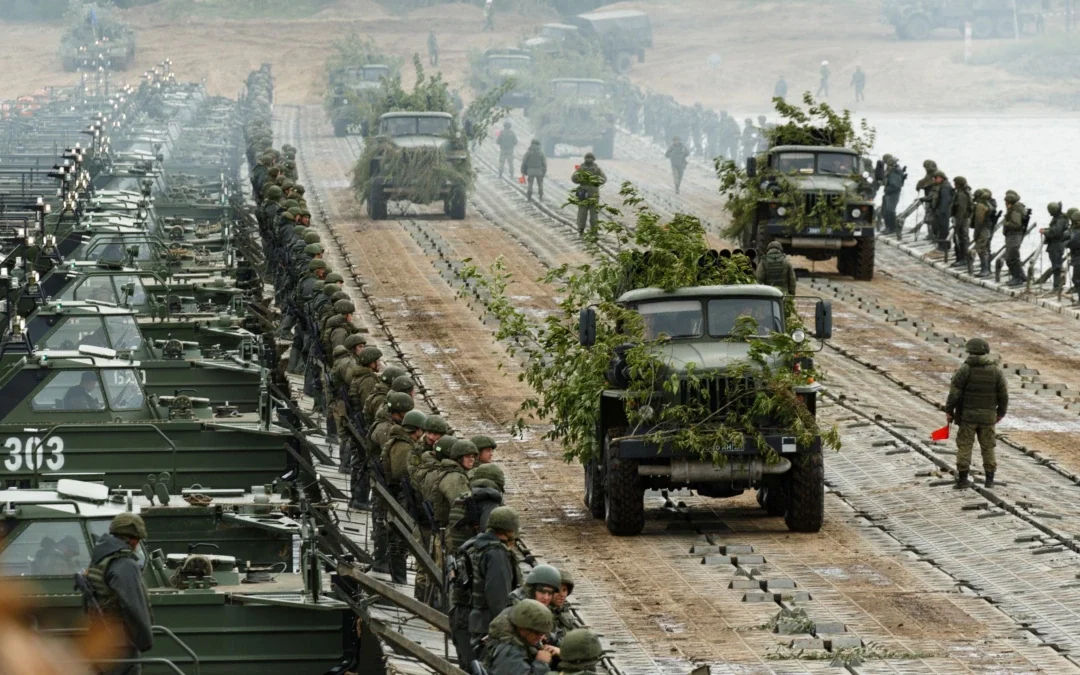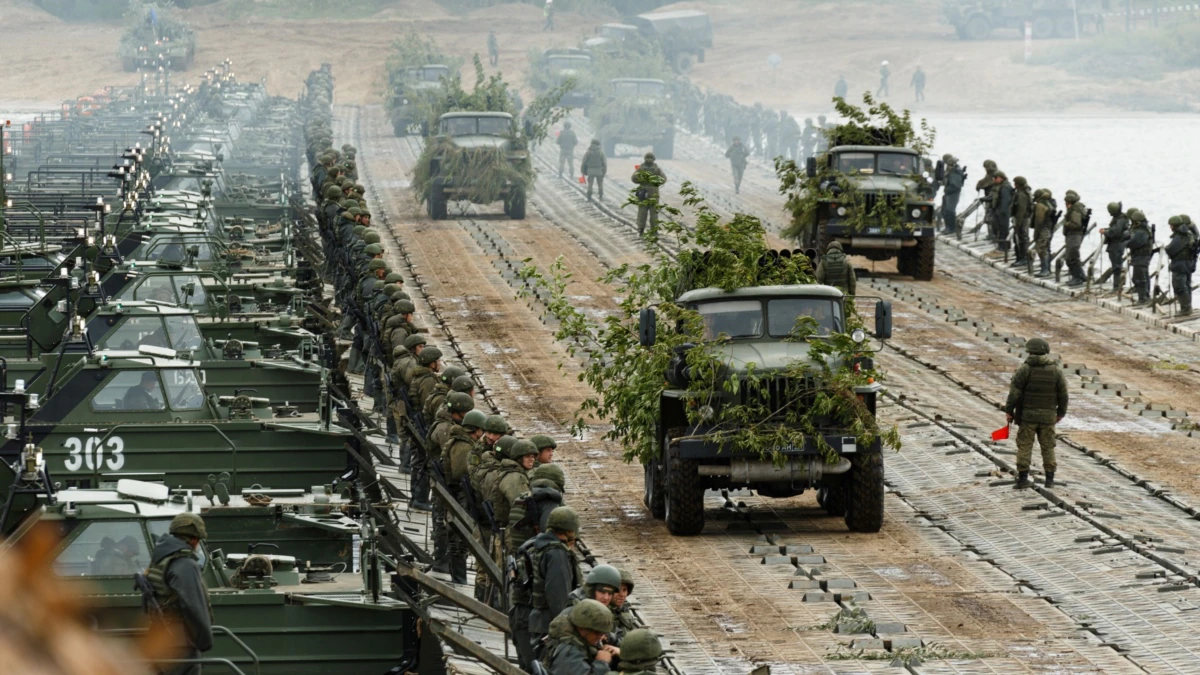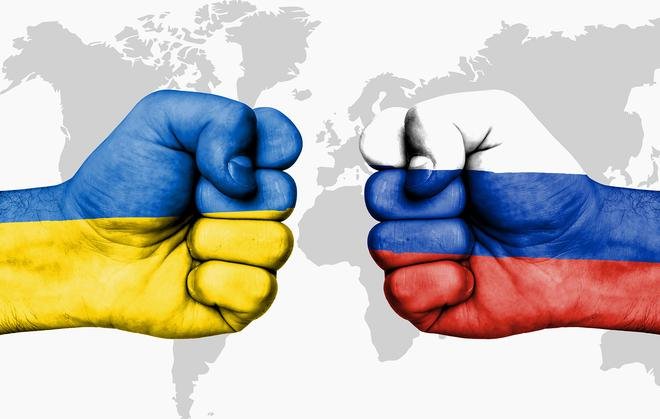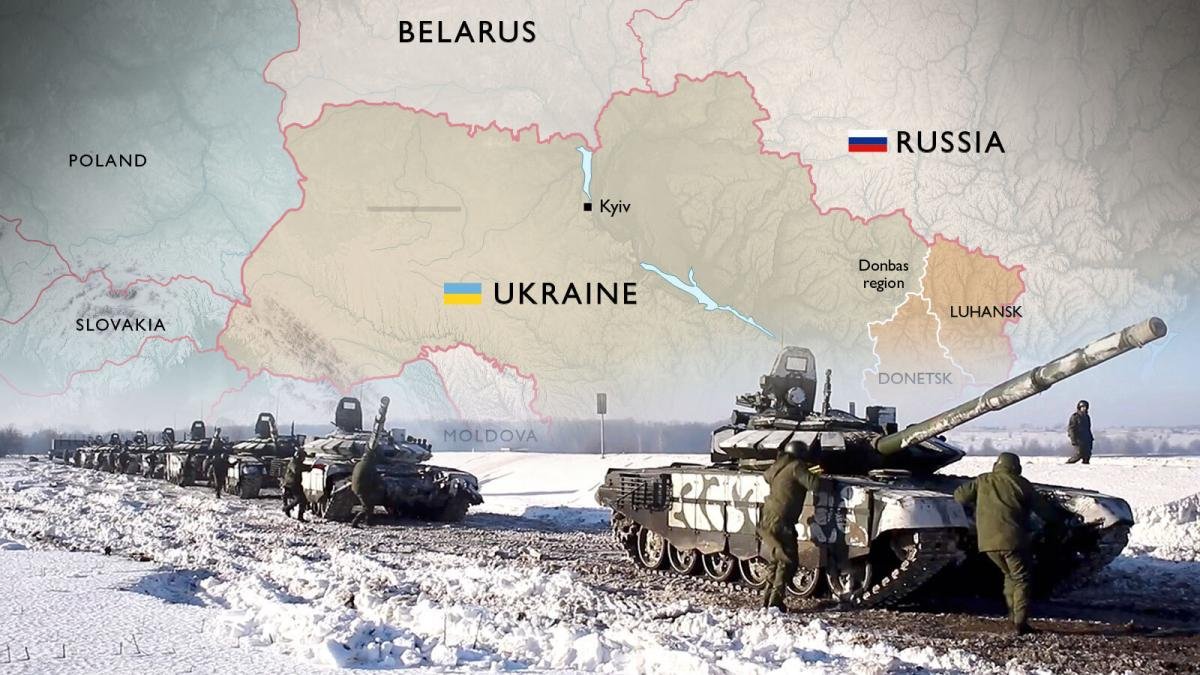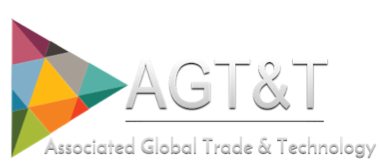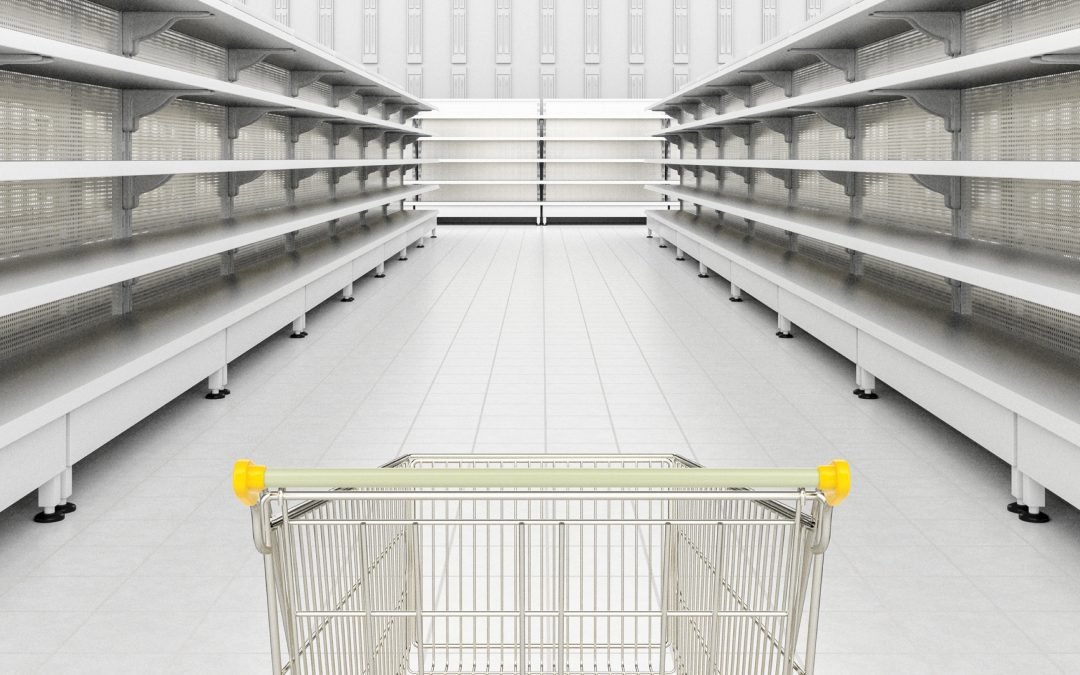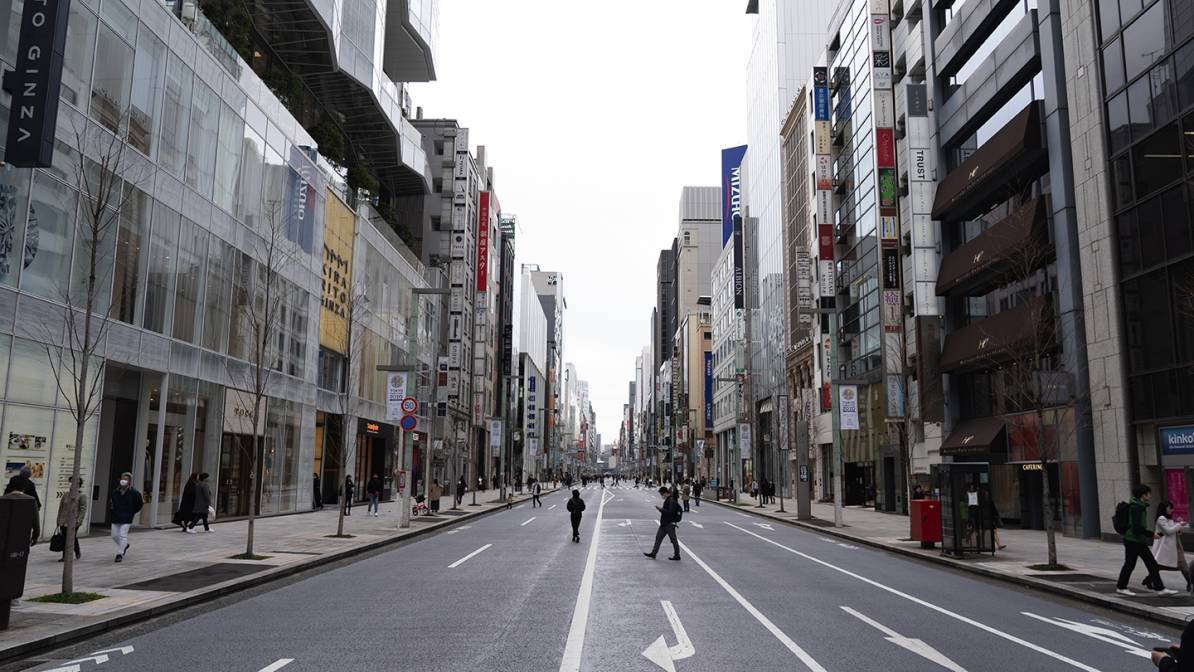Developing a precise supply chain response to the corona virus outbreak is extremely challenging, given the scale of the crisis and the rate at which it is evolving.
The best response to Corona Virus Pandemic, is to be ready before such a crisis hits, since options become more limited when a disruption is in full swing. And although its long-term consequences we do not know yet, the current outbreak already provides some lessons about how we can better prepare to deal with future large-scale crises.
What We Should Do Now
Let’s first look at some actions that can be taken to mitigate the impacts of the crisis on supply chains.
Starting with existing team. The welfare of team is paramount, and obviously people are a critical resource. The companies that recovered fast post Hurricane Katrina in 2005 were those that tracked down all their employees who dispersed across the southeastern United States. Procter & Gamble even went so far as to create a local employee village on high ground with housing, foodstuffs, and cash advances for employees and their families.
Dont believe in rumours. Accurate information is a rare commodity in the early stages of emerging disasters, especially when governments are incentivized to keep the population and business community calm to avoid panic. Impact reports tend to be misleading. However, local people can be a valuable and more reliable source of information, so try to maintain local contacts.
Expect the unexpected. You have to expect the unexpected scenario especially when core suppliers are in the front line of disruptions. In the case of the corona virus crisis, China’s influence is so wide-ranging that there will inevitably be unexpected consequences. Everywhere inventory levels are not high enough to cover short-term material outages, so expect cause widespread chaos on common core components and materials.
Emergency operations center (EOC). Note that EOCs tend to exist only at the corporate or business unit level. That’s not good enough — a deeper, more detailed EOC structure and process is necessary. EOCs should exist at the plant level, with predetermined action plans for communication and coordination, designated roles for functional representatives, protocols for communications and decision making, and emergency action plans that involves both customers and suppliers.
Know thy suppliers. Map your upstream suppliers several tiers back. Companies that fail to do this cannot estimate likely impacts when a crisis occurs. After the 2011 Sendai earthquake in Japan, it took weeks for companies to understand their exposure to the disaster because they were unfamiliar with upstream suppliers. At that point any available capacity was gone. Similarly, develop relationships in advance with key resources — it may be too late after the disruption has erupted.
Understand critical dependencies and take action. Many supply chains have dependencies that put companies at risk. An example is when an enterprise is dependent on a supplier that has a single facility with a large share of the global market. For example before r the Sendai earthquake Hitachi manufactured approximately 60% of the global supply of airflow sensors, a critical component for auto manufacturers. The anticipated shortage of these items forced some automotive original-equipment manufacturers (OEMs) to ration the remaining airflow sensors to their highest margin product lines. The current corona virus outbreak has exposed Apple’s and many auto OEMs’ dependency on sourcing from China.
Create an efficient business continuity plans. These plans should pinpoint contingencies in critical areas and include backup plans for communications, transportation,supply, and cash flow. Involve your suppliers and customers in developing these plans.
Handle your internal team. A backup plan is needed for your own employees. This plan may include contingencies for more automation, remote-working arrangements, or other flexible human resourcing in response to personnel constraints.
ReThink Your Supply Chain’s Model
Most global companies base their supply chain models on the assumption that materials flow freely globally, enabling them to source, produce, and distribute products at the lowest-cost locations around the world. Brexit, U.S.-China trade policy whiplash, and now the Corona Virus crisis have challenged the validity of this fundamental assumption. Corona virus illustrates the vulnerability of having so many sources located in one spot — and a spot that is far away from critical markets in North America, Europe, and Latin America.
We believe that a new kind of Model is needed that enables companies to rapidly reconfigure their supply chains and be Extra Agile and responsive to rapidly changing global trade policies, supply dynamics, and disruptions. Therefore, the question is: How should companies model their supply chains to operate effectively in a highly volatile world where consumers are intolerant of tardy responses? There are many options, and each one involves trade-offs between the level of risk that the enterprises can tolerate and the amount of operational flexibility it wants to achieve.
1. Structure with second sources. This supply-chain design model provides backup capacity for production, supply and distribution outages. The backup capacity spreads the risk of a disruption across two sources (as long as the disruption does not also affect the second source location). Consequently, it is better to have a second source outside the primary source region. Although this supply chain model lowers risk levels, it incurs higher quality monitoring, administring and unit costs. Economies of scale vary according to the amount of supply allocated to each supply source.
Structure to source locally. This model calls for a company to have production facilities with local sources of supply in each of its major markets. Since these sources are dispersed, the economies of scale are lower and the capital costs are higher, but the transportation costs are lower.
It’s impossible to anticipate the arrival of global crises such as the corona virus outbreak, but companies can mitigate their impacts by taking supply chain preparedness to a next level. One should act before a disruption occurs and adjust and execute new plans afterward rather than starting from scratch every time they are plunged into a new crisis.
